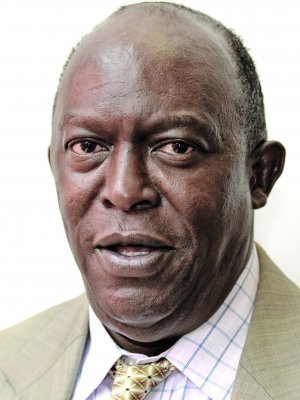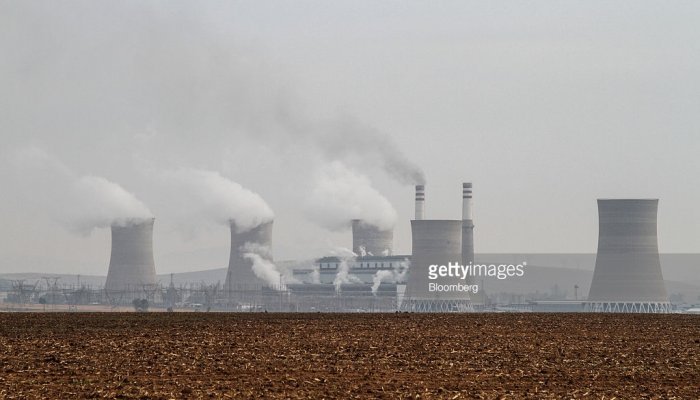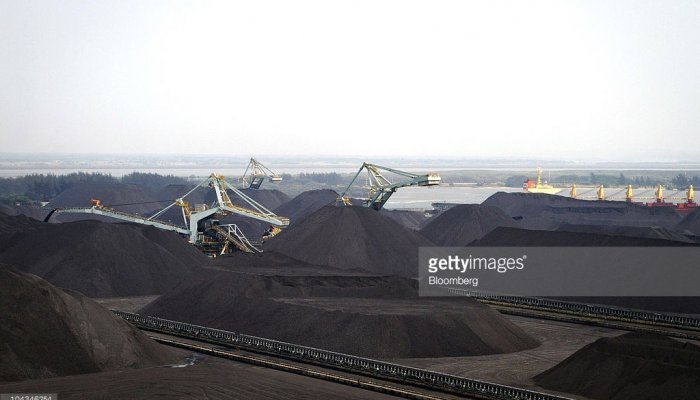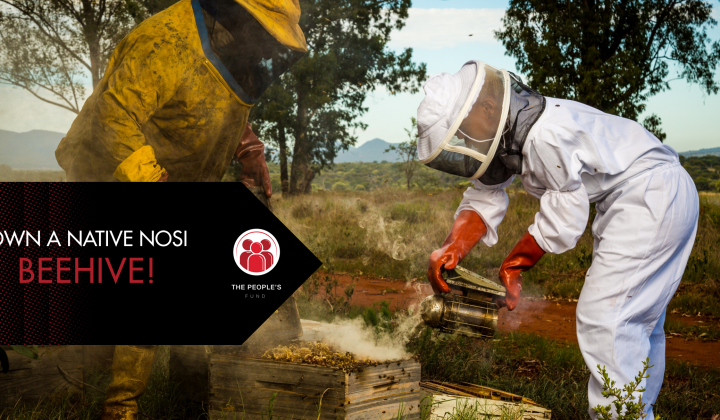We just don’t have a choice. As a country, we face years of power shortages that are already crippling our economy and threatening social stability through persistent joblessness. The promise of alternative energy sources is real and they are already making a contribution, but when it comes to reliable, affordable feedstock to produce the always-on base-load that is the foundation of economic stability, then coal is the only game in town at present.
The reasons are compelling. South Africa has the ninth largest coal reserves in the world, and 75% of Africa’s coal reserves. At current usage levels, we have enough to last us the next 200 years—presumably giving us enough time to perfect (and, crucially, invest in) alternate means of power generation.
Another reason deserves to be highlighted: coal is a stable store of energy. Once mined, the lumps of coal require minimal management: no recharging, no rainy-day blues, just keep it dry. (It’s rightly said that the challenge that renewable energy has to solve is the problem of storage.)
In other words, coal is here to stay. There is too much of it to ignore, it’s local, and the price is right. In addition, 25% of the coal produced is exported, earning much-needed foreign exchange.
The sustainability issue
However, the nominal price of coal doesn’t include the indirect costs of pollution caused by careless mining practices and the atmospheric pollution from burning it. Coal-fired power stations followed by Sasol are the leading polluters in the country—in fact, Sasol’s Secunda plant is considered to be the leading single industry polluter in the Southern Hemisphere.
Other parts of the coal supply chain are also problematic. The process of mining and storing coal causes degradation of the immediate site and can contaminate groundwater. Additional challenges include the ongoing risk posed by abandoned coal mines whose owners cannot be traced, and the fact that most of our existing coal-fired power stations are located on the Mpumalanga Highveld, whose nearby coal reserves are depleting fast and will in a few years become uneconomic. Providing the Mpumalanga power stations with coal now depends heavily on wholesale trucking-in of coal, which is damaging roads, destroying local communities and causing accidents.
All of this is bad news for the country which, as I have argued, has no choice but to continue using its large coal resources to generate the majority of its power—but that’s what innovation is for! Human ingenuity is boundless, and we should remember how many challenges it has helped overcome. The list is endless.
We need to direct our attention to greening every stage of coal exploitation for the carbon-based energy supply chain. Key initiatives would include:
- Sensible transport infrastructure. New coal-fired power stations must be located near to the Waterberg coalfields, where 70% of our remaining coal reserves are situated. Shorter distances would make conveyor belts practical, with short rail links to outlying mines. To supply the older power stations, though, we need to put in an environment-friendly rail network to eliminate the need for destructive and polluting road haulage.
- Clean coal technologies. It’s not as sexy as solar energy but it certainly is needed! One promising area is capturing the carbon produced by burning coal and either purifying it or storing it underground. The latter is being used successfully in the United States, China and Canada, and could eliminate up to 80% of emissions.
Another promising development is Eskom’s ongoing research into underground gasification of coal, which basically involves turning the coal into gas underground, and using the cleaner-burning gas to generate power. This process eliminates surface damage and solid waste, while reducing emission and acid rain. If Eskom could perfect this process, it would have the potential to change the game.
Better rail infrastructure would also support coal exports via Richards Bay and eliminate the impact of transporting by road.
- Abandoned mines and acid mine drainage. Given that the owners of these mines can no longer be traced, there is no alternative but for government to undertake their rehabilitation as a matter of urgency. The Mpumalanga coalfields are adjacent to important wetland systems, and these precious water resources are at risk. They also fall within some of the country’s most fertile agricultural land.
- More efficient power stations. Some approaches here include upgrading plants to produce lower emissions—savings of 20% can be achieved. Also, the coal itself can be cleaned of its impurities. There are many ways to retrofit existing power stations, and also to divert the heat produced to warm buildings in the area.
- Innovative utilisation of acid mine drainage (AMD). A process needs to be put in place to clean this water early in the process, before it becomes a problem. Clean water has economic value, and one scheme in the eMalahleni area run by mining companies is producing and storing clean water for local consumption.
- Coal-based independent power producers (IPPs). The Department of Minerals and Energy’s Renewable Energy Independent Power Producer Programme has successfully shown how harnessing private-sector innovation can drive down cost per kilowatt. The same process is now underway for coal IPPs: the deadline for bids was extended earlier this year. The process should be fast-tracked. By effectively outsourcing coal-powered energy generation, the government could reduce its own costs and benefit from innovation.
- Long-term focus on optimising the energy mix. In line with the National Development Plan’s mandate to reduce dependence on coal and create energy security, the focus on renewable and nuclear energy needs to build on its current success. We have seen what damage policy stagnation and the consequent lack of investment has caused Eskom—the same must not be allowed to happen in this sector.
I hope my point is clear. Like it or not, coal will continue to be used to generate power in South Africa and other countries for generations to come. Vigorous efforts to find ways of using it more effectively and safely need to be a priority, perhaps an even higher one than investigating alternate sources of power!








